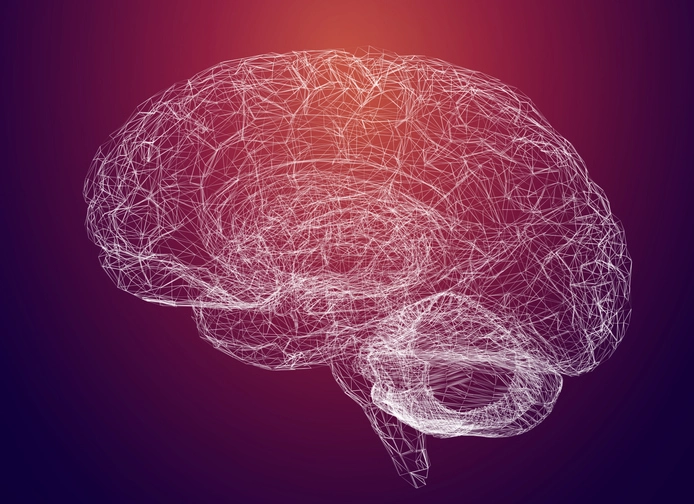Equipping yourself with clinical knowledge and current techniques to improve health outcomes for your patients is an important part of your practice as a dentist. Recognising this, the Dental Board of Australia (the DBA) requires every registered dentist to complete 60 hours of CPD over a three-year cycle, with the current one finishing on 30 November this year.
There are many ways to meet this requirement with a variety of face‑to‑face and online options available, including the ADA’s CPD Portal, seminars held by ADA branches and other healthcare and clinical organisations, publications and peer-to-peer study and discussion groups.
But what exactly constitutes acceptable CPD material?
Choosing CPD with the right characteristics
The Dental Board of Australia (DBA) requires you to choose CPD activities that complies with its guidelines, which the ADA has taken into account when devising the material available through its CPD program.
1. Open disclosure about monetary or special interest the course provider may have with any company whose products are discussed in the course.
Funding comes from a variety of sources and while this doesn’t always have a bearing on the determining of final outcomes, it may influence results via what is known as ‘funding bias’ (discussed further in the next point).
In the rare instances where this is an issue, the ADA CPD program provides open disclosure about monetary or special interest.
2. The scientific basis of the activity is not distorted by commercial considerations. For example, be aware of embedded advertising and direct commercial links.
Known as ‘funding bias’ or ‘sponsorship bias’ among other names, monetary or special interests have been shown to influence the outcomes of some studies. This is not true of all studies, of course, but being aware of a financial link to a particular course of study is important in evaluating the veracity of the information it contains.
Cognisant of this dynamic, the CPD Portal rarely has content that has a monetary influence. Any content that does feature sponsorship or monetary links will have any possible conflict of interest fully disclosed. In addition, all content is approved by two independent dentists and overseen by a committee to ensure the education is not compromised by financial influence.
3. The learning objectives, independent learning activities and outcomes.
Understanding the learning outcomes of any item of CPD content is important so you can decide if it is relevant to your professional needs and understand how you can integrate into your practice of dentistry.
To that end, all CPD content provided by the ADA includes learning outcomes with members invited to provide feedback to ensure they comply with the ADA’s high standard of professional education.
4. Articles from peer-reviewed journals and/or be written by a suitably qualified and experienced individual.
It is crucial that any written material is provided by experts in the field who have a proven record testing and proving their hypotheses and whose results are vetted by their peers in accordance with standard rigorous scientific practice.
The ADA’s Australian Dental Journal (ADJ) is a prime example of this type of material. Reviewed by dentists and evidence-based, the ADJ is a valuable source of CPD featuring new technologies, research and an exploration of case studies from around the world.
5. Address contemporary clinical and professional issues, reflect accepted dental practice or are based on critical appraisal of scientific literature.
Science rarely stands still and new developments and discoveries are constantly challenging long-held suppositions and premises and, as a result, how disciplines like dentistry are practised. Hence current CPD material must be up-to-date and reflect the latest dental advances or validated current, accepted practice.
Aware of this, the ADA’s CPD Portal is supported by a committee of dental education specialists, many of whom hold university and research positions. Every committee member strives to present CPD that is both contemporary and evidence-based, with multiple dentists involved in the development process to ensure any issues are addressed.
6. The content of CPD activities must be evidence-based.
As with all scientifically-based disciplines, dentistry relies on evidence-based learning; in other words, any assertions or advancements must be backed by proven scientific research and evaluation methods that validate the original hypothesis and ensure its veracity.
All ADA CPD, whether it is face-to-face or through the CPD Portal, is evidence-based with much of the learning supported by links to digital academic journals through the ADA Library.
7. Where relevant, select CPD activities where you can enquire, discuss and raise queries to ensure that you have understood the information.
Discussion and questioning are integral to successful learning, drawing forth angles or issues you might not think of during passive intake of information, and ensuring you fully understand the information you are taking in.
To ensure this happens during online learning, which is essentially a singular activity, the ADA provides a feedback section following all the CPD Portal content so members can make sure they have understood the content, are able to seek answers from presenters and know they can ask for additional resources through the ADA Library.
8. If the CPD activity includes an assessment or feedback activity this should be designed to go beyond the simple recall of facts and seek to demonstrate learning with an emphasis on integration and use of knowledge in professional practice, and an opportunity to provide feedback to the CPD provider from participants on the quality of the CPD activity.
Simple recitation of facts learned is usually insufficient to ensure useful and practical understanding of the knowledge acquired. Additionally, CPD activities aren’t simply about acquiring knowledge for knowledge’s sake, but equipping those learning to take that information and apply it practically in their day-to-day practice of dentistry.
The ADJ Quiz is a great way to accrue extra CPD hours with a full hour of CPD involved in reading the academic article and then completing the associated quiz.
Keeping track of your CPD activities
The ADA provides a CPD log where every piece of content you watch on the CPD Portal is recorded.
The recorded data includes:
– the CPD activity provider’s name,
– CPD activity name,
– journal name, article name, author (where applicable),
– online content/title, DVD title, CD title (where applicable),
– date, time and location of the CPD activity,
– number of CPD hours (excluding breaks), and
– type of CPD hours (scientific/non-scientific) that are awarded as a result of completing the activity.
Additional face-to-face CPD can be manually added via the “Add an Activity” function on the log, either online or via the ADA Connect app (which you can download from Google Play or the App Store).
This is handy for recording face-to-face CPD and ADJ readings. The CPD log can store activity for multiple CPD cycles, which is useful for proving compliance as this material must be kept for five years in accordance with Dental Board of Australia regulations.
If you have any additional questions about your CPD requirements or the ADA’s CPD Portal, please email





